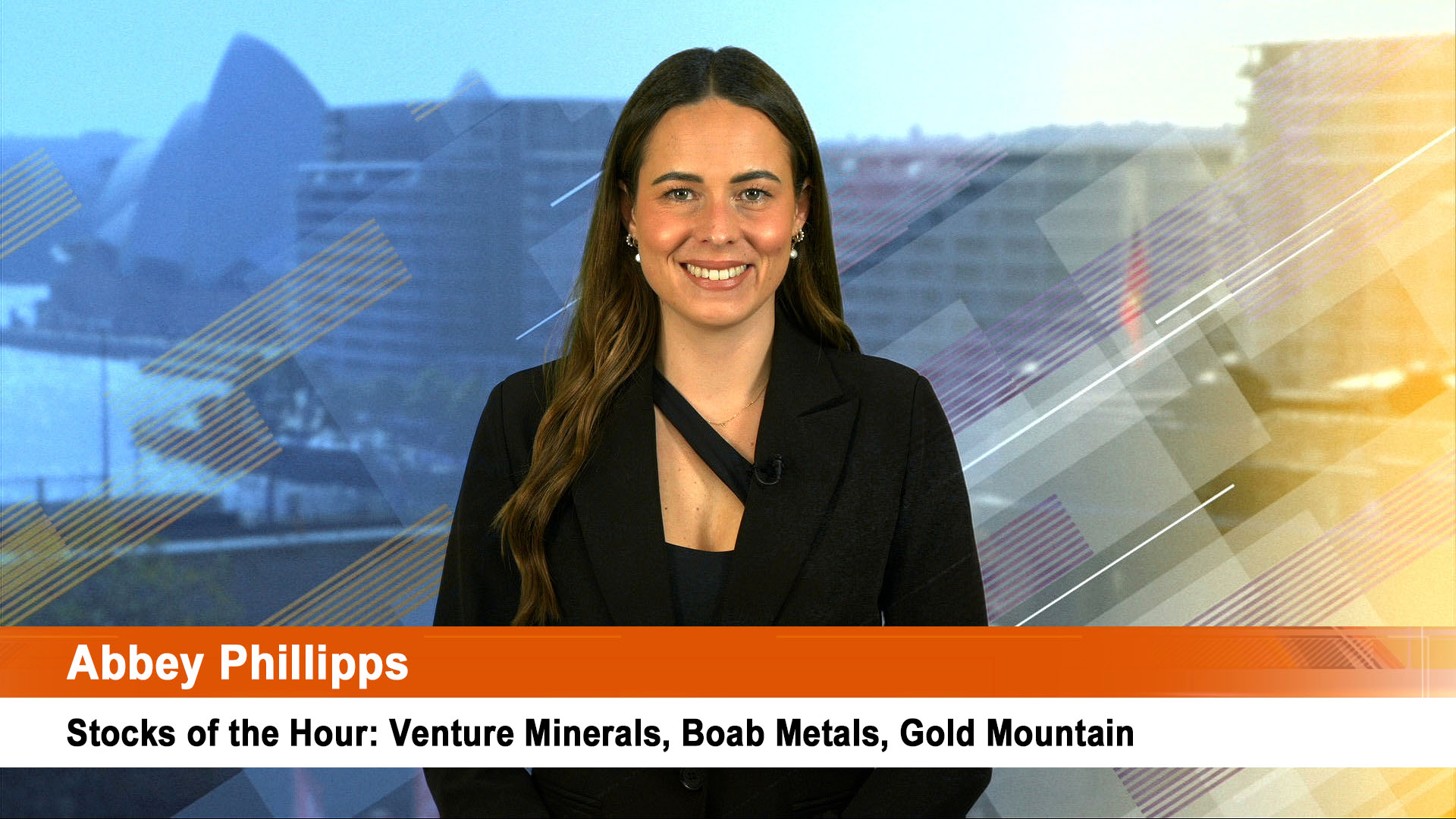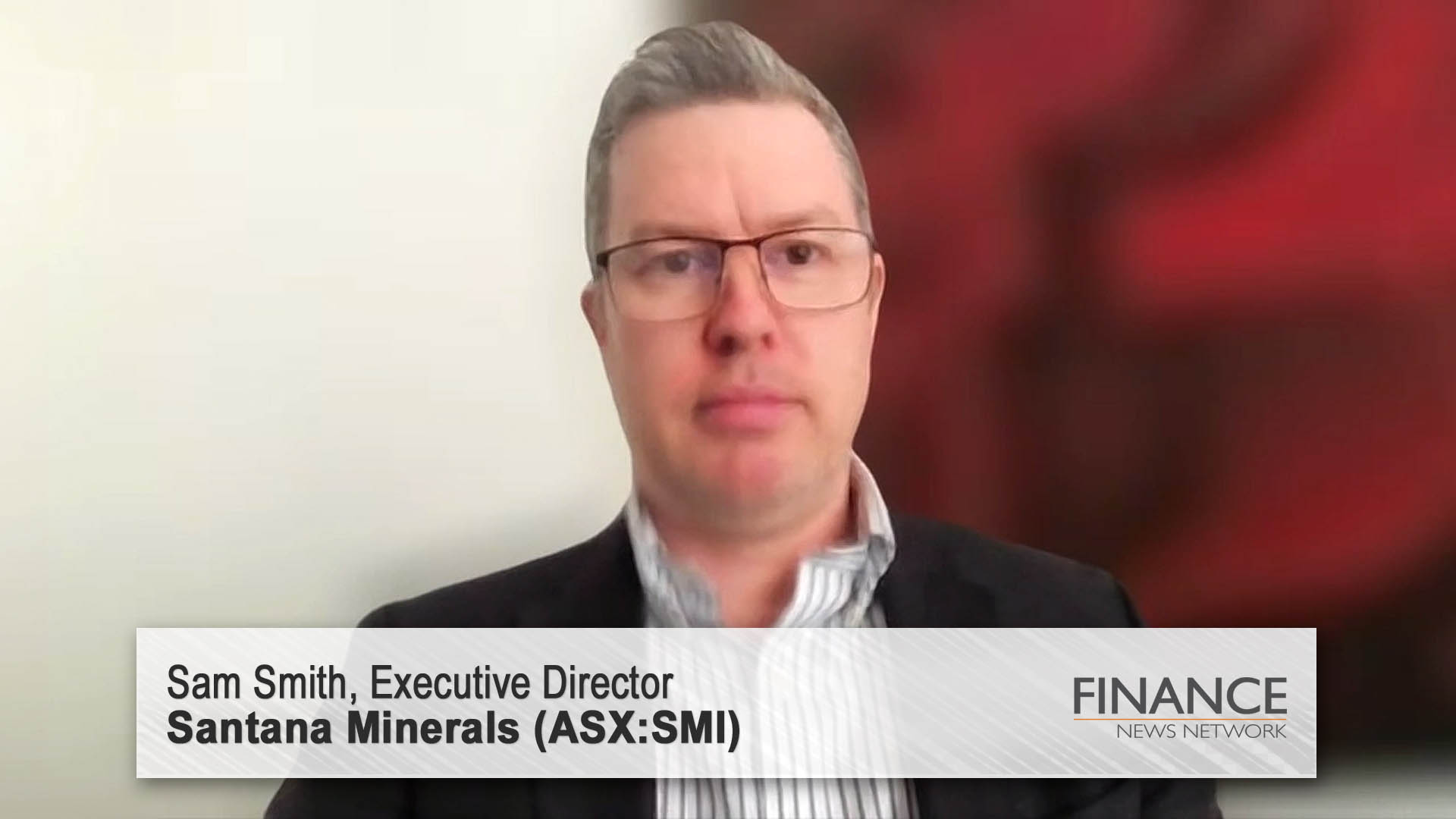A weak three months for most commodities – except for gold and oil (see separate story). But iron ore took another pounding, falling around 20% in value by some pricing measures and it seems possible that the price of Australia’s most important export commodity is going to remain weak for some time to come.
Spot iron ore prices have fallen since late February, and are down 20% since the peak on February 26 of $US79.36 a tonne.
While the Metal Bulletin iron ore price recovered to $US65 a tonne delivered to northern China on the Thursday before Easter, it still ended the quarter and month lower than it started.
Metal Bulletin’s 62% Fe Iron Ore Index was $US64.99 a tonne last Thursday, up by $US1.87 a tonne or 3% from Wednesday’s 2018 lows.
That still left it down from $US72.61 a tonne at the end of 2017 (a fall of around 10%) and down more than 17% from $US78.61 at the end of February.
The price falls were much larger than the falls in the prices of key producers like BHP (shares down 4.6% in the quarter), Rio Tinto (shares off 4.1%) and Fortescue Metals (shares down 11.3%).
The Metal Bulletin’s monthly average 62% iron ore price has fallen from $US72.92 a tonne in January to $$US70.20, and $US78.61 a tonne in February, a better indication of the rollercoaster run the price has seen in the past two months.
The price hit $US79.01 a tonne on January 11, retreated and then rose above $US79 a tonne several times in February and in early March.
In fact the daily spot price was $US79.55 a tonne at the start of March and then fell under $US70 a tonne to hit $US69.80 on March 12.
After the growing confusion from the Trump administration about steel tariffs and then tariffs on billions of dollars of Chinese exports, the price crumbled to last week when it fell to a low of $US63.50.
Chinese steel production has been maintained throughout this, even as prices of steel products such as rebar have fallen. Hopes for a rise in steel demand this year look weak because the property sector has plateaued.
Chinese steel demand is forecast to remain around 2017’s 831 million tonnes.
The only factor to be watched are production curbs and capacity cuts and on Friday Hebei provincial government announced that production from steel plants in the key northern city of Handan would be cut 25% from April 1 to November 15 this year.
This order is despite the end of the winter pollution curbs on the steel industry from March 15. That has seen steel production rise, and along with it a slide in steel futures prices and iron ore.
Iron ore stocks in Shanghai are reported to have hit an all time high of 160 million tonnes – which is nearly two months imports alone.
Reuters reported that the news of the production cut in Handan lifted the prices of steel rebar, coke and coking coal as punters covered short positions ahead of the end of the month and quarter.













